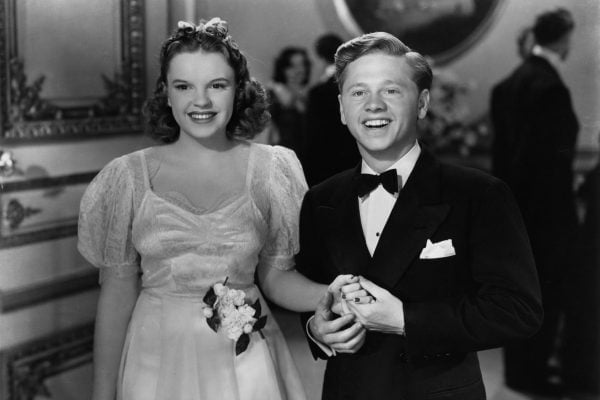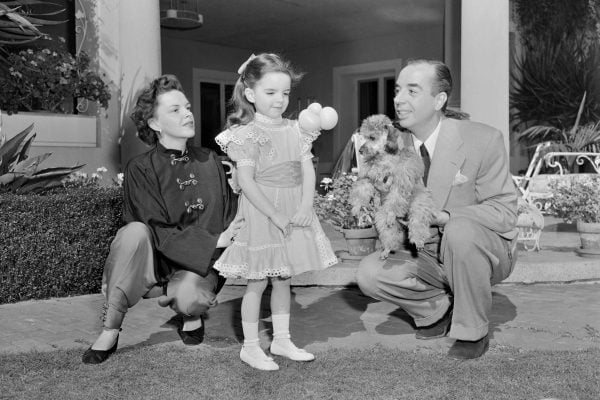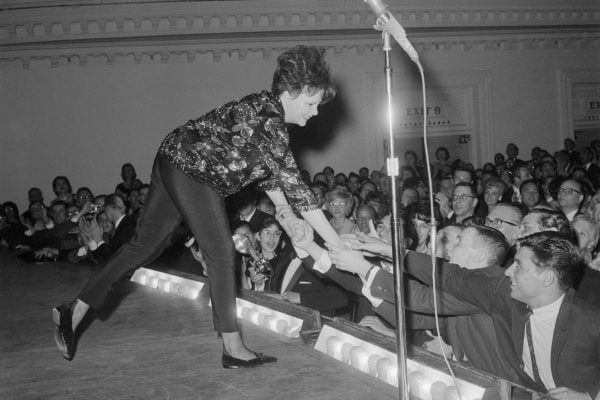
The following contains mention of suicide and self-harm. For 24-hour crisis support, please call Lifeline on 13 11 14.
A whole new generation of moviegoers are currently being introduced to Judy Garland, 50 years after her death. The film, Judy, starring Renée Zellwegger, immortalises what would become some of the silver screen legend’s last performances; a five-week concert run at London’s Talk of the Town nightclub.
It captures the twisted legacy of her decades in the entertainment industry; the rapturous applause, the internal struggle, the addiction and fraught relationships she had with herself and others.
Watch the trailer for Judy starring Renée Zellwegger as Judy Garland. Post continues after.
As one critic wrote of those concerts at the time, “she evokes pity and sorrow like no other superstar…in her we see the broken remnant of a gaudy age of showbiz.”
This is how little girl from Minnesota became one of the biggest stars in Hollywood. And one of its most famous victims.
How Frances Gumm became Judy Garland.
Judy Garland was born Frances Ethel Gumm to a theatrical family in Grand Rapids, Minnesota, in 1922. Her parents put her on stage from the age of two-and-a-half, where she performed alongside her sisters, Mary Jane and Dorothy.




